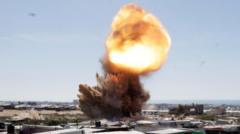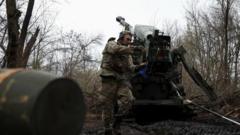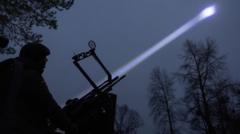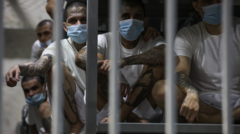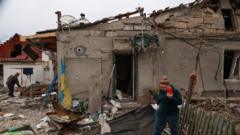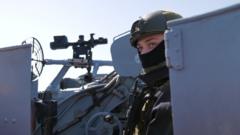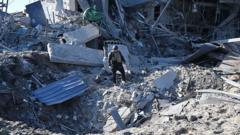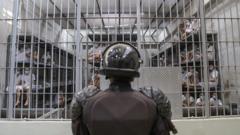As President Putin announces a brief Easter truce in Ukraine, skepticism surrounds the intentions behind this decision, with allegations of ongoing attacks and strategic motives tied to U.S. relations.
Putin’s Easter Truce: A Gesture of Peace or a Strategic Maneuver?

Putin’s Easter Truce: A Gesture of Peace or a Strategic Maneuver?
The recent unilateral ceasefire declared by President Putin raises questions about its sincerity amidst continued hostilities in Ukraine.
Amidst ongoing conflict, President Vladimir Putin has declared a unilateral Easter truce in Ukraine, lasting until midnight Sunday. This announcement comes after a period of intensified military actions and amid diplomatic discussions regarding peace in the region. Last month, the Trump administration had proposed a comprehensive 30-day ceasefire, which Ukraine accepted but Russia dismissed, instead opting for a mere 30 hours of ceasefire.
Putin has framed the truce as a humanitarian gesture, yet skepticism reigns in Ukraine as critics argue it is more a political strategy than a genuine effort for peace. Ukrainian President Volodymyr Zelensky voiced concerns, asserting that the Russian military is still making isolated advances, undermining the ceasefire claim. Contrastingly, the Russian defense ministry insists that their troops are adhering to the ceasefire, blaming Ukraine for violations.
Critics argue that the short duration of the truce—alongside the timing of the announcement—seems aimed at appeasing the Trump administration, as recent U.S. comments indicate discontent over the lack of progress in the conflict. The Kremlin could leverage the ceasefire to project an image of peace-oriented diplomacy, while shifting blame to Ukraine for any ongoing hostilities.
On the optimistic front, the surprise truce is set against a backdrop of heightened diplomacy concerning the conflict, with significant meetings taking place between American and Russian officials. Some advocates for peace suggest that even a brief truce could be an opening for more substantial negotiations, despite the current skepticism.
While it remains unclear if this fleeting ceasefire might signify a shift in negotiations or merely a temporary pause, the dynamics of the situation illustrate the complexity entangled in international relations and the ongoing conflict in Ukraine. The diplomatic landscape is ever-changing, and as discussions continue behind closed doors, possibilities for unexpected developments linger.

